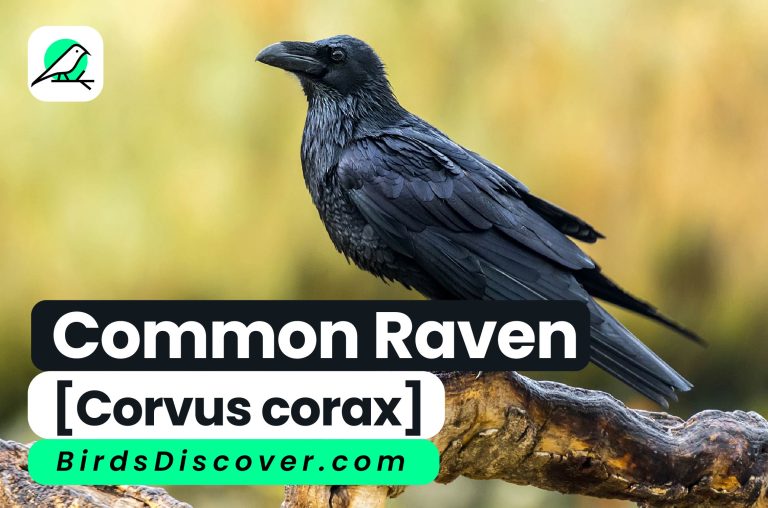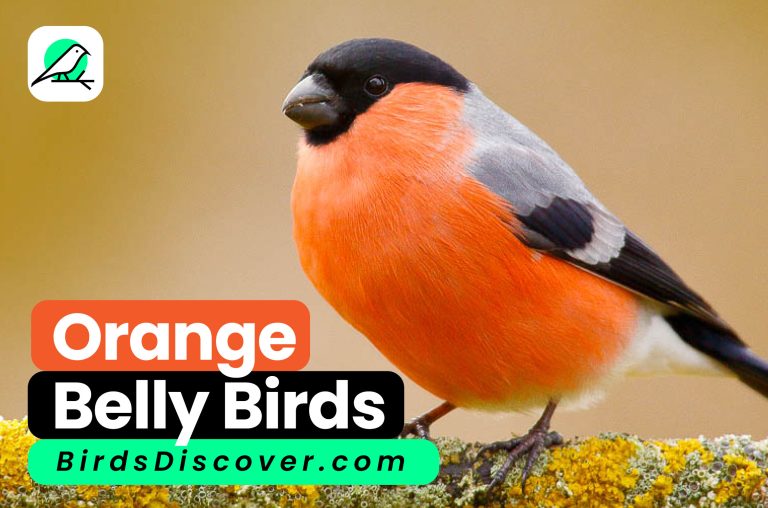10 Hawks in Utah with Pictures
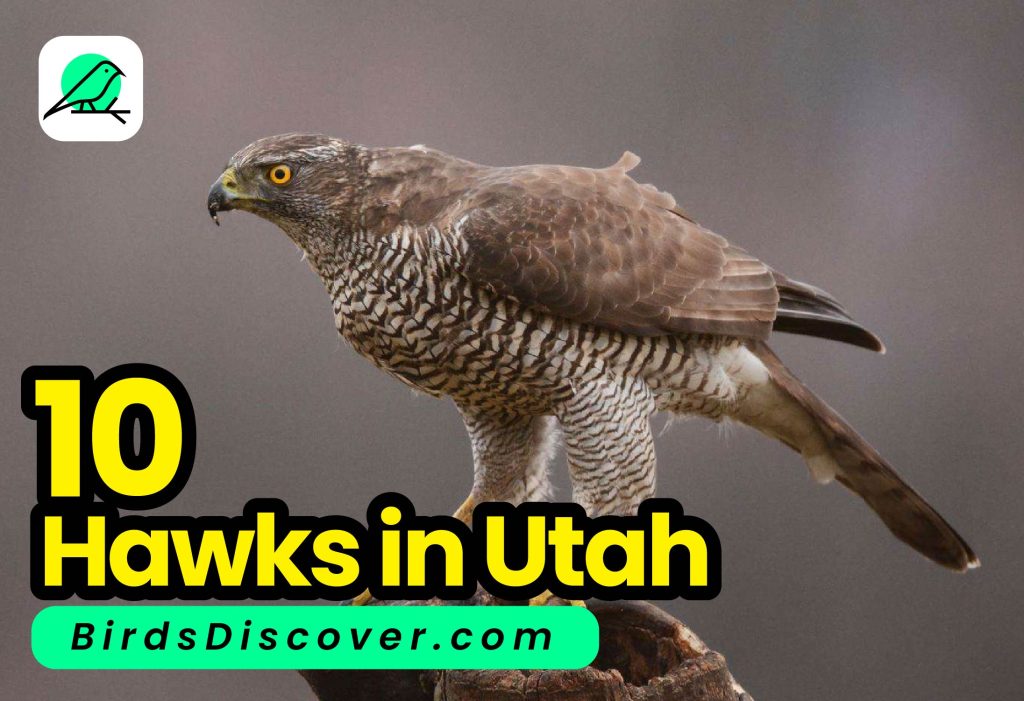
10 Hawks in Utah
Hawks in Utah’s diverse landscapes, from arid deserts to verdant canyons, provide habitat for a variety of hawk species. Among the ten notable hawks found in the state, the Red-tailed Hawk stands out as the most common, easily recognized by its reddish-brown tail and versatile hunting skills across different environments. Cooper’s Hawks, with their slender builds and sharp talons, thrive in forested and urban areas, while Sharp-shinned Hawks, smaller and more agile, are adept at navigating dense woods. The Ferruginous Hawk, distinguished by its impressive size and striking rust-colored leg feathers, prefers the open prairies of Utah’s west. Swainson’s Hawks, identifiable by their dark “bib” and pale underparts, are often seen soaring over agricultural fields. Additionally, the Rough-legged Hawk migrates to northern and higher elevations in winter, bringing its dark plumage and feathered legs to the cold season. Other species like the Northern Harrier, known for its distinctive low, gliding flight, and the Broad-winged Hawk, which occasionally migrates through Utah, add to the state’s avian diversity. Each of these hawks contributes to Utah’s rich tapestry of wildlife, showcasing the region’s ecological variety and the adaptability of these remarkable birds of prey.
This hawk is recognized by its reddish-brown tail and is a skilled hunter.
This hawk has a unique rusty coloration and a robust body.
This agile hawk is known for its bird-hunting skills and swift flight.
This small hawk is known for its incredible speed and agility.
Red Tailed Hawk
The red-tailed hawk, a majestic raptor native to North America, is renowned for its striking appearance and keen hunting skills. With a wingspan that can reach up to 56 inches, it boasts a distinctive reddish-brown tail that becomes especially vivid during flight, contrasting beautifully with its pale underparts and dark brown upperparts. Often seen soaring high above open fields and woodlands, this hawk’s sharp, piercing eyes and powerful talons make it a formidable predator, preying on small mammals, birds, and reptiles. Its characteristic call, a high-pitched, descending scream, is a familiar sound in many rural and suburban areas. Adaptable and resilient, the red-tailed hawk thrives in a variety of habitats, making it one of the most widespread and easily recognizable birds of prey in North America.

| Aspect | Details |
|---|---|
| Scientific Name | Buteo jamaicensis |
| Common Name | Red-tailed Hawk |
| Family | Accipitridae |
| Habitat | Diverse habitats including open fields, woodlands, and urban areas |
| Range | North America, from Canada to Panama |
| Size | Length: 18-26 inches (46-65 cm); Wingspan: 37-56 inches (94-142 cm) |
| Appearance | Pale underparts with a reddish-brown tail; dark brown upperparts |
| Diet | Small mammals, birds, reptiles, and occasionally insects |
| Behavior | Soars high on thermal currents; known for a distinctive high-pitched call |
| Breeding Season | Typically spring to early summer |
| Nesting | Builds large nests in trees or cliffs; often uses the same nest year after year |
| Conservation Status | Least Concern; widely distributed and common |
Cooper’s Hawk
The Cooper’s hawk, a skilled and agile bird of prey, is distinguished by its striking plumage and exceptional hunting prowess. With a wingspan ranging from 29 to 37 inches, this medium-sized raptor exhibits a sleek, aerodynamic build suited for its hunting style. Characterized by its slate-gray back, rust-colored underparts, and distinctive dark banding on the tail, the Cooper’s hawk is often seen darting through wooded areas and urban landscapes in pursuit of smaller birds and mammals. Named after the 19th-century ornithologist William Cooper, this hawk is known for its impressive maneuverability, allowing it to navigate dense vegetation with ease. Its call, a series of sharp, high-pitched whistles, often signals its presence. Adaptable and resourceful, the Cooper’s hawk has successfully integrated into various environments, including suburban areas, where it helps control the populations of songbirds and rodents.

| Aspect | Details |
|---|---|
| Scientific Name | Accipiter cooperii |
| Common Name | Cooper’s Hawk |
| Family | Accipitridae |
| Habitat | Woodlands, forest edges, and urban areas |
| Range | North America, from southern Canada to northern Mexico |
| Size | Length: 14-20 inches (35-50 cm); Wingspan: 29-37 inches (74-94 cm) |
| Appearance | Slate-gray back, rust-colored underparts, and dark banding on the tail |
| Diet | Primarily small to medium-sized birds; occasionally small mammals |
| Behavior | Agile and fast flyer, adept at navigating through dense vegetation; often seen hunting in wooded areas |
| Breeding Season | Typically spring to early summer |
| Nesting | Builds nests in trees, often in dense foliage; uses the same nest year after year |
| Conservation Status | Least Concern; adaptable and resilient, commonly found in diverse environments |
Sharp-Shinned Hawk
The sharp-shinned hawk, a small yet formidable raptor, is known for its exceptional agility and stealth as a hunter. With a wingspan of about 22 to 30 inches, this hawk is one of the smallest members of the Accipitridae family in North America. It features a distinctive plumage with a slate-gray back, white underparts streaked with rust, and a narrow, squared-off tail adorned with dark bands. These characteristics, combined with its sharp, hooked beak and keen eyes, make it a proficient predator of small birds and insects. Its hunting strategy involves rapid, erratic flights through dense vegetation, where it relies on surprise and speed to capture prey. The sharp-shinned hawk’s call is a series of high-pitched, rapid “kik-kik-kik” sounds that can often be heard in its forested and shrubby habitats. Though its small size and elusive nature can make it difficult to spot, its presence is a testament to the rich biodiversity of its forest and edge environments.

| Aspect | Details |
|---|---|
| Scientific Name | Accipiter striatus |
| Common Name | Sharp-Shinned Hawk |
| Family | Accipitridae |
| Habitat | Forests, woodlands, and shrubby areas |
| Range | North America, from Canada to Panama |
| Size | Length: 9-14 inches (23-35 cm); Wingspan: 22-30 inches (56-76 cm) |
| Appearance | Slate-gray back, white underparts with reddish streaks, and dark banding on the tail |
| Diet | Primarily small birds; occasionally insects |
| Behavior | Agile flyer, adept at rapid, erratic flight through dense vegetation; relies on stealth and surprise |
| Breeding Season | Typically spring to early summer |
| Nesting | Builds nests in dense trees or shrubs; often reuses the same nest annually |
| Conservation Status | Least Concern; adaptable and resilient, though populations can be affected by habitat loss |
Broad-Winged Hawk
The broad-winged hawk is a striking raptor known for its impressive migration patterns and distinctive appearance. With a wingspan of about 32 to 40 inches, it is medium-sized and features a broad, rectangular tail with dark bands and a somewhat rounded wing shape. Its plumage is a rich brown with a pale, streaked belly, giving it a robust and commanding presence. This hawk is most commonly found in deciduous forests, where it preys on small mammals, birds, and insects. Notable for its spectacular migration, the broad-winged hawk undertakes a long journey from its breeding grounds in North America to its wintering areas in Central and South America. During migration, it often forms large, swirling flocks called kettles, making for an awe-inspiring sight. The broad-winged hawk’s call is a high-pitched, whistled “kee-kee-kee,” which is a common sound in its woodland habitat during the breeding season.

| Aspect | Details |
|---|---|
| Scientific Name | Buteo platypterus |
| Common Name | Broad-Winged Hawk |
| Family | Accipitridae |
| Habitat | Deciduous forests and woodlands |
| Range | North America, migrating to Central and South America for winter |
| Size | Length: 14-20 inches (36-51 cm); Wingspan: 32-40 inches (81-102 cm) |
| Appearance | Brown upperparts, pale underparts with streaks, broad tail with dark bands |
| Diet | Small mammals, birds, and insects |
| Behavior | Known for large migration flocks called kettles; agile flyer in forested areas |
| Breeding Season | Typically spring to early summer |
| Nesting | Builds nests in trees; often reuses the same nest each year |
| Conservation Status | Least Concern; stable populations, though sensitive to habitat changes |
Northern Harrier
The northern harrier is a distinctive raptor known for its unique hunting style and striking appearance. With a wingspan of approximately 40 to 46 inches, it features a long, slender body and a distinctive, low-flying hunting technique. The northern harrier is easily recognizable by its white rump, dark wing tips, and a facial disc that enhances its hearing, allowing it to detect prey in dense vegetation. Its plumage varies with age and sex, with males typically having grayish plumage and females and juveniles displaying more brown and streaked feathers. This harrier primarily preys on small mammals, birds, and insects, hunting by gliding close to the ground in open fields and marshes. The northern harrier’s call is a soft, high-pitched “kree-kree-kree,” often heard during flight. Its adaptability to various habitats, from wetlands to grasslands, and its silent, low-level hunting strategy make it a fascinating and effective predator.

| Aspect | Details |
|---|---|
| Scientific Name | Circus cyaneus |
| Common Name | Northern Harrier |
| Family | Accipitridae |
| Habitat | Open fields, marshes, grasslands, and heathlands |
| Range | North America, Europe, and parts of Asia |
| Size | Length: 16-20 inches (40-51 cm); Wingspan: 40-46 inches (102-117 cm) |
| Appearance | White rump, dark wing tips, facial disc; males gray, females and juveniles brown |
| Diet | Small mammals, birds, and insects |
| Behavior | Hunts by gliding low over open terrain; has a distinctive, low-flying hunting style |
| Breeding Season | Typically spring to early summer |
| Nesting | Builds nests on the ground in tall grass or vegetation; sometimes reuses old nests |
| Conservation Status | Least Concern; populations stable but affected by habitat loss |
Rough-Legged Hawk
The rough-legged hawk is a striking raptor renowned for its distinctive plumage and impressive adaptation to cold environments. With a wingspan of 50 to 56 inches, this large hawk exhibits a robust, broad-winged silhouette ideal for soaring in open landscapes. Its plumage varies seasonally, with a light morph featuring a pale underside and dark patches on the shoulders and a dark morph showing deep brown and black tones. The rough-legged hawk’s name is derived from the feathering on its legs, which extends down to its talons, providing insulation against frigid temperatures. This hawk is well adapted to Arctic and sub-Arctic regions, migrating to the northern parts of North America and Eurasia during the winter to hunt for small mammals, particularly lemmings and voles. Its hunting technique involves hovering or gliding low over open fields and tundra, scanning for prey. The rough-legged hawk’s call is a soft, hoarse whistle, often heard during its solitary hunts. Its unique adaptations and striking appearance make it a remarkable and resilient species in its harsh, northern habitats.
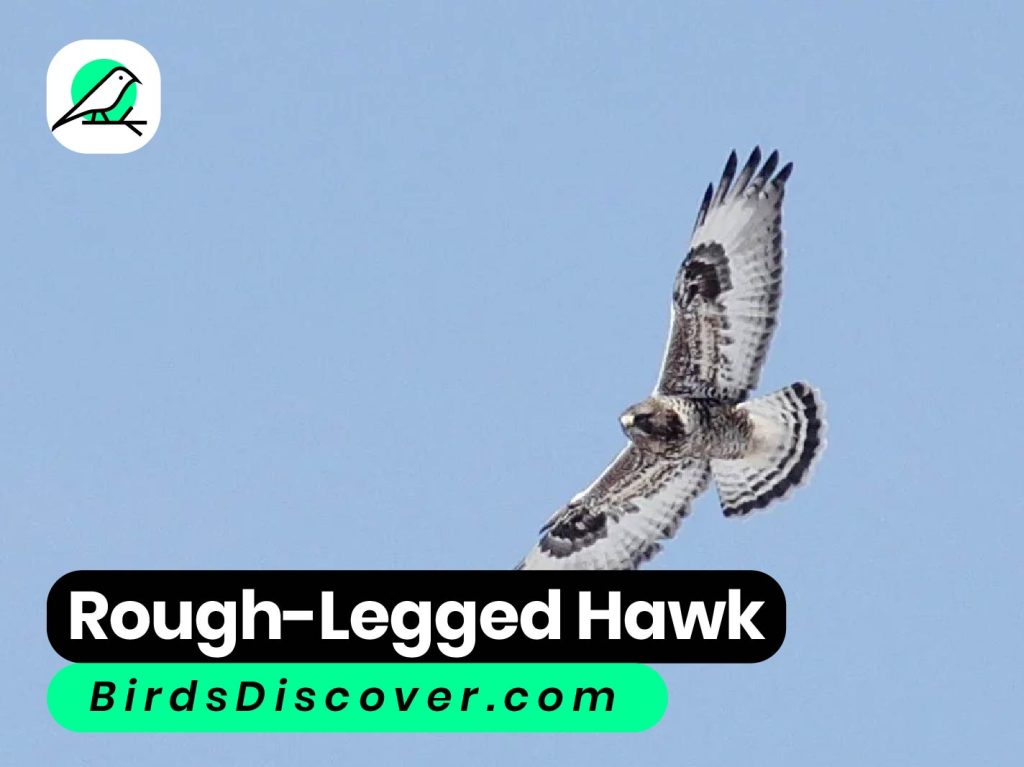
| Aspect | Details |
|---|---|
| Scientific Name | Buteo lagopus |
| Common Name | Rough-Legged Hawk |
| Family | Accipitridae |
| Habitat | Arctic tundra, open fields, and grasslands; migrates to lower latitudes in winter |
| Range | Arctic and sub-Arctic regions of North America and Eurasia; migrates to northern parts of North America |
| Size | Length: 19-22 inches (48-56 cm); Wingspan: 50-56 inches (127-142 cm) |
| Appearance | Light morph: pale underside with dark shoulder patches; Dark morph: brown and black |
| Diet | Small mammals like lemmings and voles; occasionally birds |
| Behavior | Hunts by hovering or gliding low over open terrain; adapted to cold environments |
| Breeding Season | Typically spring to early summer |
| Nesting | Builds nests on cliffs or in trees; uses the same nest year after year |
| Conservation Status | Least Concern; widespread and adaptable, though dependent on prey availability |
Swainson’s Hawk
The Swainson’s hawk is a distinctive raptor known for its impressive migration and striking appearance. With a wingspan of 43 to 53 inches, this medium-sized hawk is characterized by its long, slender wings and tail, which aid in its soaring flight. Its plumage varies between light and dark morphs; the light morph features a pale belly and a contrasting dark band across the chest, while the dark morph displays deep brown and rufous tones. Swainson’s hawk is particularly noted for its remarkable migration, traveling from its breeding grounds in North America to wintering areas in South America, a journey that can span over 12,000 miles. This hawk primarily feeds on small mammals, insects, and occasionally birds, often seen hunting in open grasslands and agricultural fields. Its call is a soft, melodious “klee-klee-klee” that can often be heard during flight. Adaptable and resilient, the Swainson’s hawk is a fascinating example of raptor adaptability and endurance.
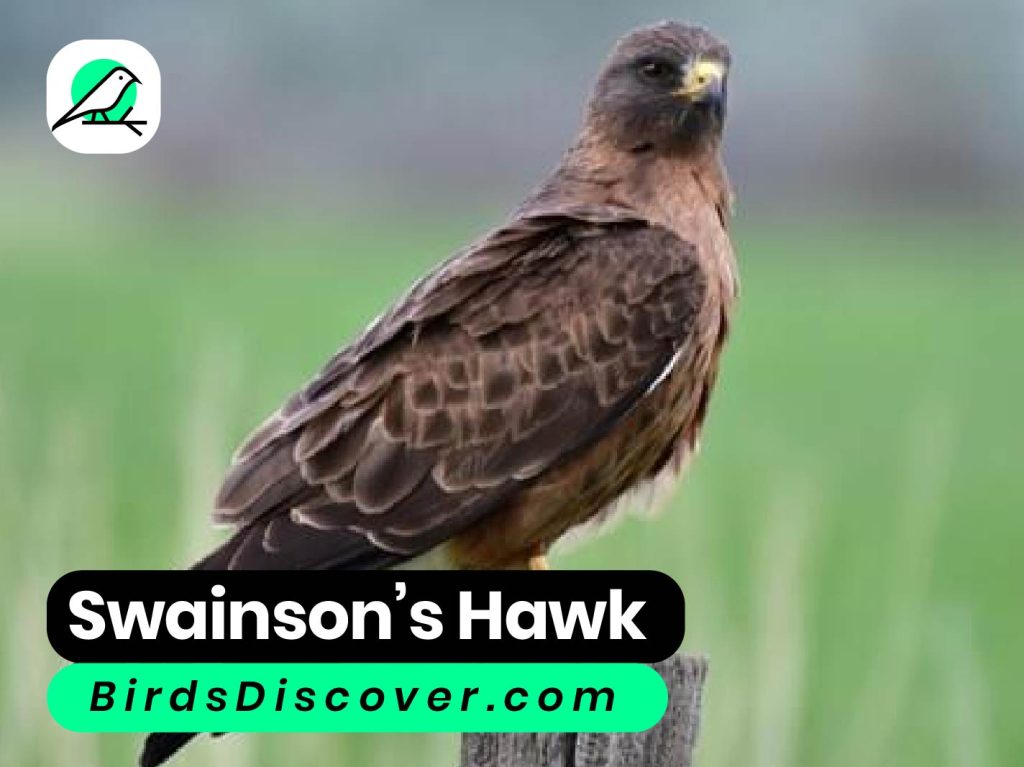
| Aspect | Details |
|---|---|
| Scientific Name | Buteo swainsoni |
| Common Name | Swainson’s Hawk |
| Family | Accipitridae |
| Habitat | Open grasslands, agricultural fields, and savannas |
| Range | Breeds in North America; migrates to South America for winter |
| Size | Length: 18-22 inches (46-56 cm); Wingspan: 43-53 inches (109-135 cm) |
| Appearance | Light morph: pale belly with dark chest band; Dark morph: rich brown and rufous tones |
| Diet | Small mammals, insects, and occasionally birds |
| Behavior | Soars in open areas, often seen hunting in flocks during migration |
| Breeding Season | Typically spring to early summer |
| Nesting | Builds nests in trees or on tall structures; often reuses the same nest annually |
| Conservation Status | Least Concern; widespread and adaptable, though sensitive to habitat changes |
Ferruginous Hawk
The Ferruginous hawk is a striking and robust raptor, renowned for its impressive size and distinctive coloration. With a wingspan ranging from 43 to 56 inches, it is one of the largest hawks in North America. Its plumage is characterized by a rich ferruginous (rusty) color on the back and legs, which contrasts sharply with its pale underparts and dark, broad wings. This striking appearance is complemented by a broad, square tail that aids in maneuvering through its expansive range. Ferruginous hawks primarily inhabit open grasslands, prairies, and deserts, where they hunt for small to medium-sized mammals, including rodents and rabbits. Their hunting technique involves soaring high to spot prey or perching on a high vantage point to survey their surroundings. Known for their powerful build and impressive aerial displays, Ferruginous hawks are also noted for their large nests, which are often built on high cliffs or tall trees. Their distinctive call, a series of high-pitched, raspy notes, can often be heard during flight or while defending their territory.
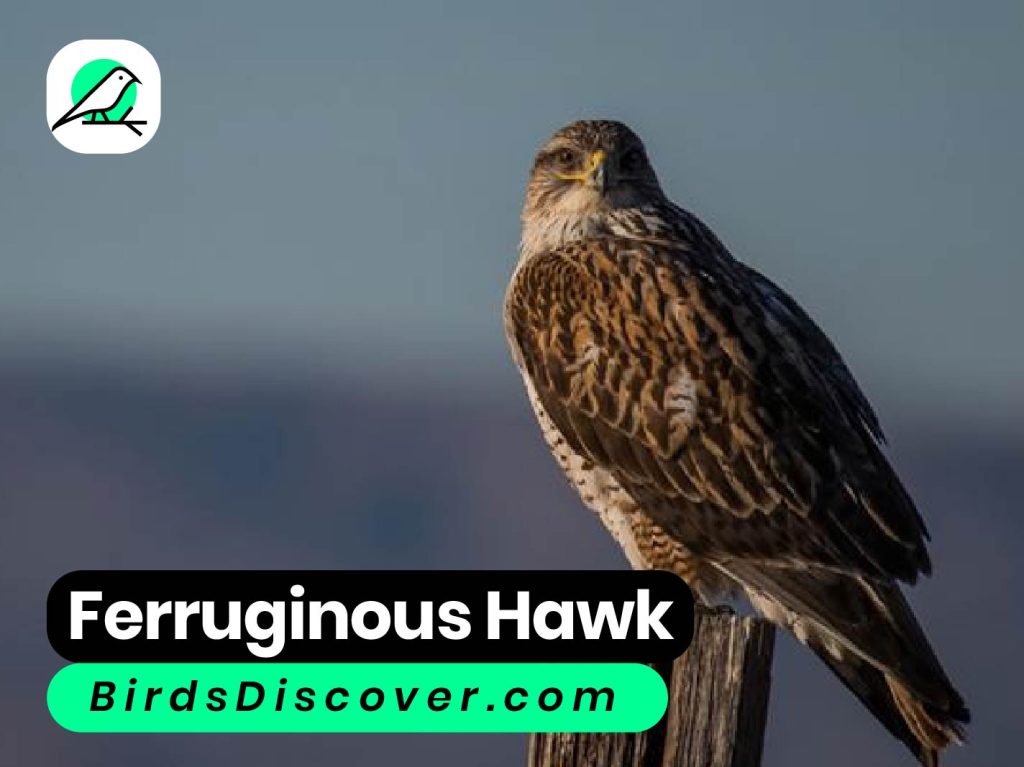
| Aspect | Details |
|---|---|
| Scientific Name | Buteo regalis |
| Common Name | Ferruginous Hawk |
| Family | Accipitridae |
| Habitat | Open grasslands, prairies, and deserts |
| Range | Western North America, from Canada to northern Mexico |
| Size | Length: 21-27 inches (53-69 cm); Wingspan: 43-56 inches (109-142 cm) |
| Appearance | Rusty-brown upperparts and legs; pale underparts; dark wings and broad, square tail |
| Diet | Small to medium-sized mammals, such as rodents and rabbits |
| Behavior | Soars high to spot prey; often perches on elevated spots; builds large nests |
| Breeding Season | Typically spring to early summer |
| Nesting | Builds large nests on high cliffs, tall trees, or utility poles |
| Conservation Status | Least Concern; stable populations, though sensitive to habitat loss |
Common Black Hawk
The Common Black Hawk is a striking raptor found primarily in Central and South America, known for its impressive size and distinctive appearance. With a wingspan of 45 to 53 inches, this robust bird boasts a striking black plumage with a contrasting white tail and broad, white wing bands that are especially prominent in flight. Its powerful build is complemented by strong talons and a hooked beak, adapted for hunting a variety of prey including small mammals, birds, and reptiles. Common Black Hawks are typically found in a range of habitats, including forests, river valleys, and mangroves, where they often nest in tall trees or cliffs. Their call is a distinctive, loud “kak-kak-kak,” which is frequently heard in their dense forested or riparian territories. As a species, they are known for their territorial behavior and impressive aerial displays during courtship and territorial defense.
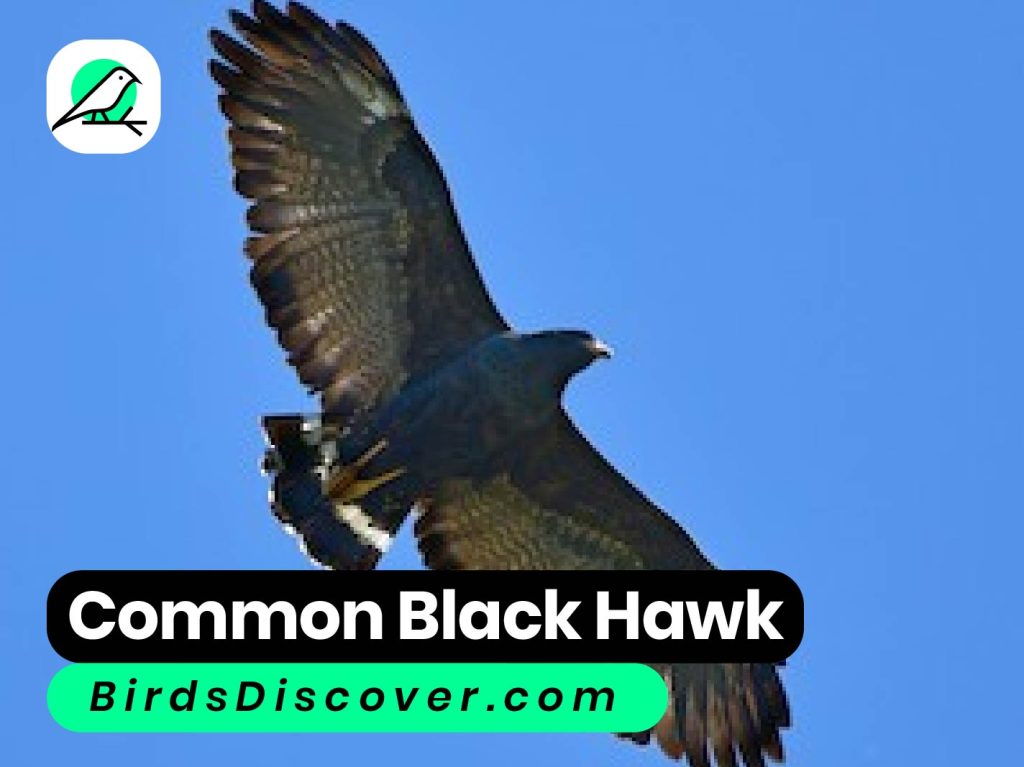
| Aspect | Details |
|---|---|
| Scientific Name | Buteogallus anthracinus |
| Common Name | Common Black Hawk |
| Family | Accipitridae |
| Habitat | Forests, river valleys, and mangroves |
| Range | Central and South America, from southern Mexico to western Ecuador |
| Size | Length: 20-24 inches (51-61 cm); Wingspan: 45-53 inches (114-135 cm) |
| Appearance | Black plumage with white tail and broad white wing bands |
| Diet | Small mammals, birds, and reptiles |
| Behavior | Soars and glides while hunting; nests in tall trees or cliffs; territorial |
| Breeding Season | Typically spring to early summer |
| Nesting | Builds nests in tall trees or on cliffs |
| Conservation Status | Least Concern; stable populations, though habitat loss can be a concern |
Northern Goshawk
The Northern Goshawk is a formidable raptor known for its agility and powerful hunting skills. With a wingspan of 39 to 46 inches, this medium-large hawk is characterized by its striking slate-gray plumage on the back, a pale, streaked belly, and a distinctive white eyebrow that enhances its intense gaze. The Northern Goshawk’s robust build and long, broad wings allow it to maneuver swiftly through dense forests where it primarily hunts for birds, small mammals, and occasionally reptiles. It is often seen gliding silently between trees or making rapid, stealthy attacks from a perch. This hawk is highly territorial and breeds in mature forests, constructing its nest high in trees. Known for its aggressive defense of its territory and young, the Northern Goshawk’s call is a series of harsh, repetitive “kak-kak” sounds. Its adaptability to various forested habitats and impressive hunting prowess make it one of the most effective predators in its range.
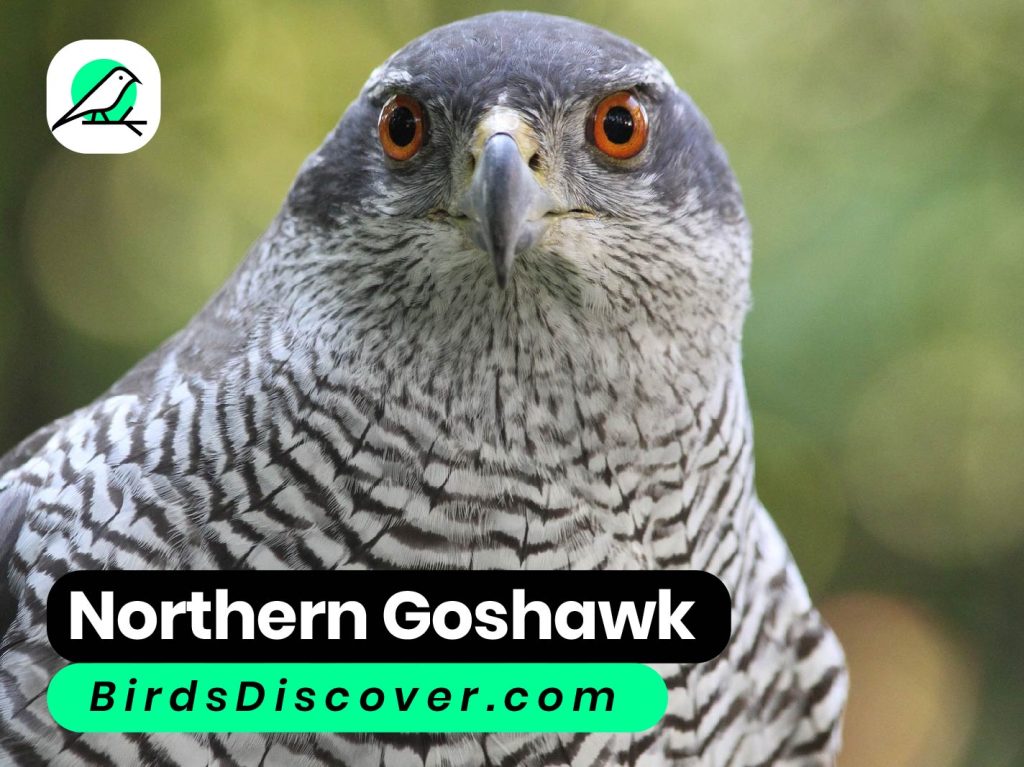
| Aspect | Details |
|---|---|
| Scientific Name | Accipiter gentilis |
| Common Name | Northern Goshawk |
| Family | Accipitridae |
| Habitat | Mature forests, woodlands, and mixed forests |
| Range | North America, Europe, and parts of Asia |
| Size | Length: 20-24 inches (50-61 cm); Wingspan: 39-46 inches (100-117 cm) |
| Appearance | Slate-gray back, pale underparts with streaks, white eyebrow; powerful build |
| Diet | Birds, small mammals, and occasionally reptiles |
| Behavior | Agile flyer, often seen in dense forests; hunts from a perch or while gliding |
| Breeding Season | Typically spring to early summer |
| Nesting | Builds nests high in trees; highly territorial |
| Conservation Status | Least Concern; generally stable, though sensitive to habitat disturbance |
Where to find Hawks in Utah
In Utah, you can find hawks in a variety of habitats, including:
- Desert and Arid Regions: Such as the Great Salt Lake Desert and Red Cliffs Desert Reserve, where species like the Ferruginous Hawk are commonly spotted.
- Open Grasslands and Prairies: Found in areas like the West Desert, where Swainson’s Hawks may be seen hunting for small mammals.
- Woodlands and Forests: In the Wasatch and Uinta Mountains, where you might encounter Cooper’s Hawks and Northern Goshawks.
- Riparian Areas: Near rivers and lakes, such as along the Jordan River and Bear River, where Common Black Hawks may be found.
Hawks are often visible soaring in the sky or perched in tall trees or utility poles while hunting.
Conclusion
In conclusion, Utah’s diverse landscapes provide an ideal habitat for a variety of hawk species, each adapted to different ecological niches across the state. From the expansive deserts and grasslands where Ferruginous and Swainson’s Hawks hunt, to the dense woodlands and riparian areas favored by Cooper’s Hawks and Common Black Hawks, Utah offers a rich tapestry of environments that support these impressive raptors. The presence of these hawks not only enhances the biodiversity of the region but also plays a crucial role in controlling prey populations, maintaining ecological balance. Observing hawks in Utah provides insight into their remarkable adaptations and behaviors, underscoring the importance of preserving their varied habitats for future generations to enjoy.
FAQS
1. What types of hawks can be found in Utah?
Utah is home to several species of hawks, including:
- Red-tailed Hawk: Common and widespread throughout the state.
- Cooper’s Hawk: Found in forested areas and sometimes in urban environments.
- Sharp-shinned Hawk: Often seen in wooded areas and can be a bit elusive.
- Ferruginous Hawk: Prefers open grasslands and prairies.
- Swainson’s Hawk: Typically found in open country during the breeding season.
- Rough-legged Hawk: Common in northern and higher elevations during winter.
2. What is the best time of year to spot hawks in Utah?
The best time to spot hawks in Utah depends on the species. For most hawks, spring and fall are excellent times due to migration. In winter, species like the Rough-legged Hawk are more prominent, especially in northern and higher elevations. Red-tailed Hawks are present year-round and can be seen at any time.
3. What are some distinguishing features of Utah’s hawks?
- Red-tailed Hawk: Look for its characteristic reddish-brown tail and broad, rounded wings. They often have a pale underside with dark streaks.
- Cooper’s Hawk: Smaller with a more slender build, a long tail, and a distinctive dark cap on its head.
- Sharp-shinned Hawk: Similar to the Cooper’s Hawk but smaller and more agile with a more rounded tail.
- Ferruginous Hawk: Notable for its large size, pale body, and distinctive ferruginous (rust-colored) feathers on its legs.
- Swainson’s Hawk: Has a long, slender body with a characteristic dark “bib” or chest area and a pale belly.
4. What do hawks eat in Utah?
Hawks in Utah have diverse diets depending on their species and habitat. Common prey includes small mammals (like rodents and rabbits), birds, and insects. For example, Red-tailed Hawks often hunt rodents, while Cooper’s Hawks primarily prey on smaller birds. Ferruginous Hawks may also hunt larger prey, including ground squirrels.
5. How can I attract hawks to my property or backyard?
To attract hawks to your property, you can create a hawk-friendly environment by providing:
- Perching Sites: Install tall poles or trees where hawks can perch and scan for prey.
- Open Space: Maintain open areas or fields that are suitable for hunting.
- Wildlife-Friendly Habitat: Encourage a habitat that supports prey species, such as avoiding overuse of pesticides which can harm small mammals and insects.



